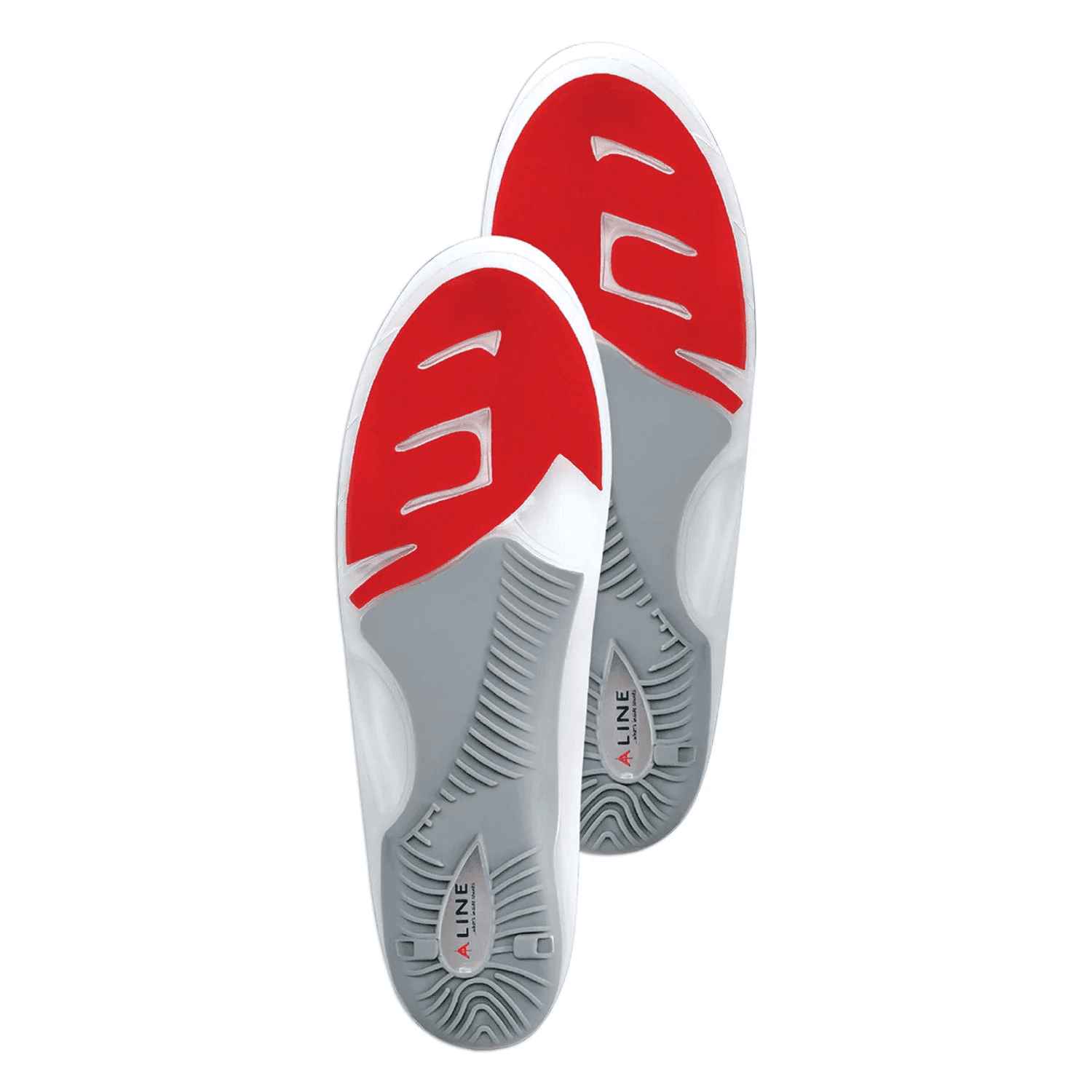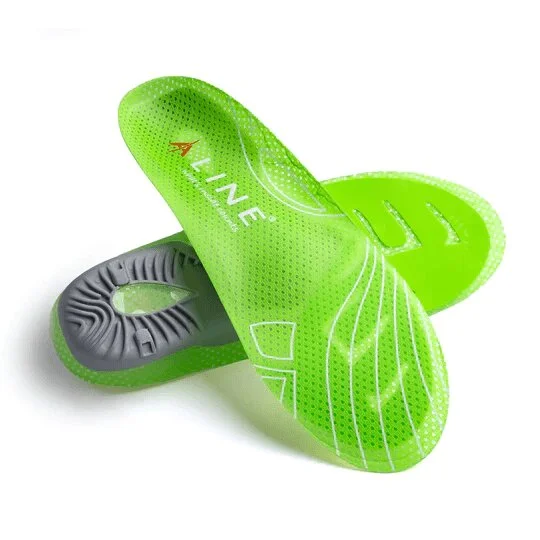Flat feet, also known as fallen arches, occur when the arch of the foot collapses. This condition can lead to foot pain, fatigue, and even back problems, especially during prolonged periods of standing or walking. For individuals who work on their feet, the discomfort can be more severe. The right insoles can help provide essential arch support and reduce strain. Recognizing how flat feet affect your posture and comfort is the first step toward choosing the right work boot insoles.
Importance of Proper Support for Work Boots
Work boots are designed for durability and protection, but they often lack the specific support needed for flat feet. Without adequate support, the feet can become stressed, leading to long-term discomfort and potential injuries. Insoles with arch support and cushioning are crucial for distributing weight evenly and improving overall foot alignment. Prioritizing insoles that cater to the unique challenges of flat feet can make workdays significantly more comfortable.
Identifying Your Arch Type
Before purchasing insoles, it is essential to identify your arch type. Flat feet typically have little to no arch, which means that standard insoles may not provide sufficient support. To determine your arch type, perform a simple wet test by stepping onto a piece of paper with wet feet. The footprint will reveal whether you have flat feet, high arches, or normal arches. This information helps in selecting the most suitable insoles.
Features to Look for in Insoles
When choosing work boot insoles for flat feet, focus on specific features like arch support, cushioning, and stability. Look for insoles with firm yet comfortable arch support to reduce pressure on the foot. Adequate cushioning in the heel and forefoot areas helps absorb shock and prevent fatigue. Stability features, such as a deep heel cup, can improve foot alignment and enhance overall comfort throughout the workday.
Materials That Matter
Insoles come in various materials, each offering unique benefits. For flat feet, materials like memory foam, gel, and EVA foam are excellent choices. Memory foam molds to the foot’s shape, providing personalized comfort, while gel insoles offer superior shock absorption. EVA foam is lightweight and supportive, making it ideal for long hours of use. Selecting insoles made from high-quality materials ensures durability and effective support.
Custom vs. Off-the-Shelf Insoles
Custom insoles are designed specifically for your feet and provide tailored support, but they can be expensive. Off-the-shelf insoles, on the other hand, are readily available and more affordable. Many over-the-counter insoles are designed with flat feet in mind and offer features like arch support and cushioning. Choosing between custom and off-the-shelf insoles depends on your budget and the severity of your flat feet condition.
The Role of Insoles in Pain Relief
Insoles play a significant role in alleviating pain associated with flat feet. By providing arch support and cushioning, they reduce pressure on the foot and minimize strain on the muscles and joints. This can help prevent common issues like plantar fasciitis and heel spurs. A well-fitted insole can transform uncomfortable work boots into supportive footwear, making it easier to handle long hours on your feet.
Ensuring a Proper Fit
A proper fit is crucial for insoles to work effectively. Insoles that are too big or small can cause discomfort and fail to provide adequate support. When trying insoles, ensure they match the size of your work boots and align with your foot’s natural contours. Some insoles can be trimmed for a customized fit, making them more adaptable to your specific needs.
Testing and Adjustments
After purchasing insoles, it’s essential to test them for comfort and effectiveness. Wear the insoles in your work boots for a few hours to assess their impact on your comfort and posture. If you experience any discomfort, consider making adjustments or exploring other insole options. Remember that it may take a few days for your feet to adapt to the new support.
Maintenance and Durability
Proper maintenance extends the lifespan of your insoles. Regularly clean them to remove dirt and moisture, which can cause wear and tear. High-quality insoles are designed to withstand the demands of daily use, but they may still need replacement after several months. Monitoring their condition ensures that you continue to receive the necessary support and comfort.
Conclusion
Choosing the right work boot insoles for flat feet comfort requires understanding your needs, identifying the right features, and ensuring a proper fit. Investing in supportive insoles can significantly enhance comfort and reduce the strain of long workdays. If your insoles show signs of wear, consider a “shoe insert replacement” to maintain optimal support and comfort.

